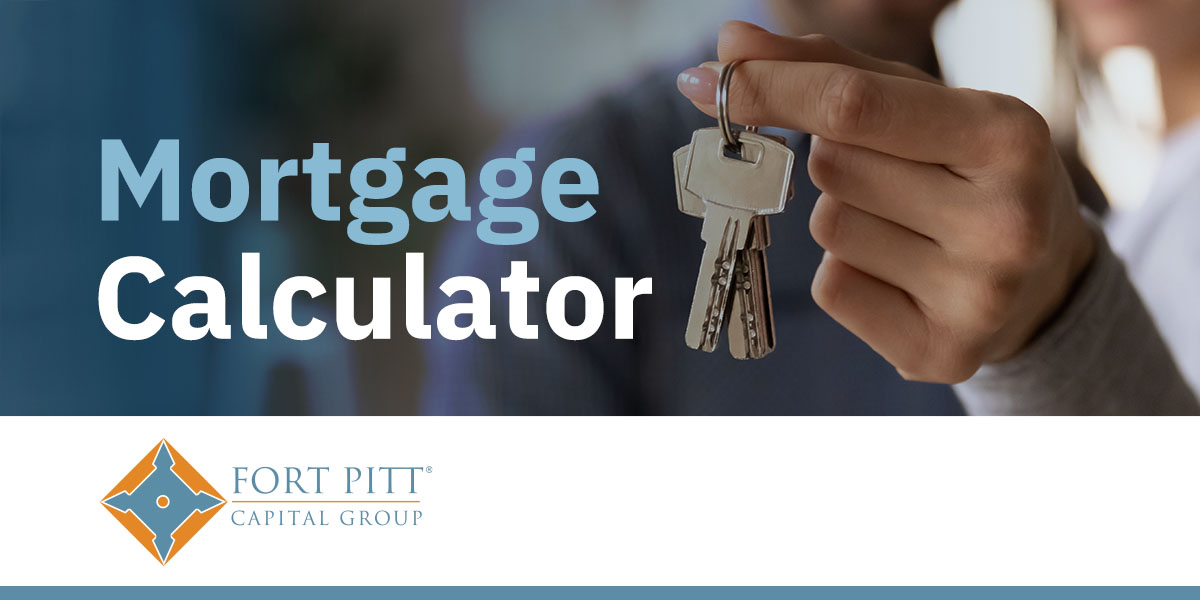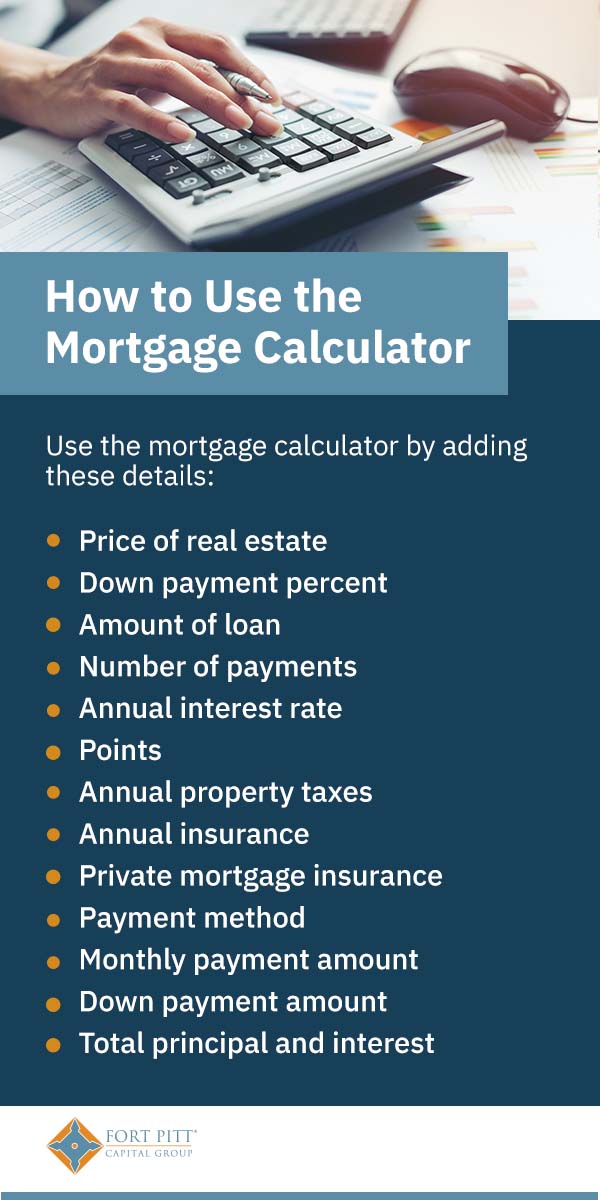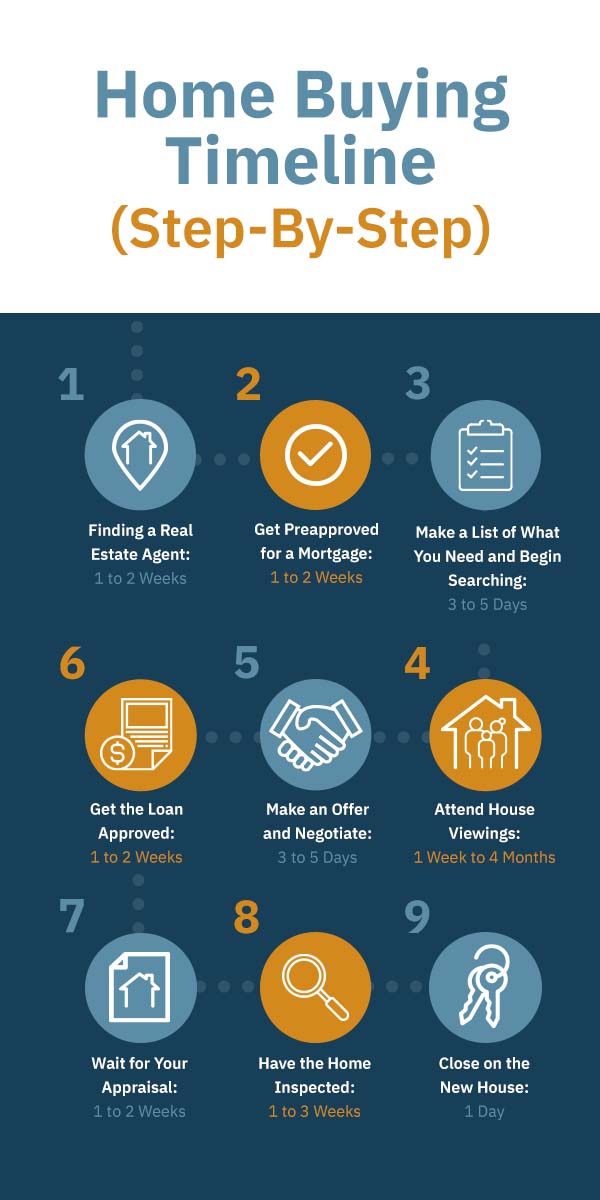
Mortgage Calculator
Mortgage Loan Calculator
Currency and Date Conventions
Cash flow forecast...
Charts
Help
Message

A mortgage calculator is a handy tool for calculating your monthly mortgage payments based on your down payment, interest rate, and several other variables. We’ll walk you through all the mortgage terms you need to know and provide some tips on how to get your payments as low as possible.
How to Use the Mortgage Calculator

Use the mortgage calculator by adding these details:
- Price of real estate: One of the major factors determining your monthly payments — and generally the first information you input in the calculator — is the cost of the home you plan to buy.
- Down payment percent: Most mortgage lenders expect a 20% down payment for conventional loans without private mortgage insurance, although exceptions exist. VA loans don’t require down payments, and some FHA loans allow down payments as low as 3.5%. There are also lenders with programs that offer mortgages with 3%-5% down payments. In most cases, homebuyers should prepare to have 20% of their desired home price saved before applying for a mortgage.
- Amount of loan: If you’re purchasing a house, enter the price of the homes you’re considering and subtract from that your down payment. This number will be the loan amount.
- Number of payments: The most commonly chosen term for fixed-rate mortgages is 15 or 30 years. To calculate how many monthly payments you will be expected to make, multiply how many years your mortgage is by 12. For example, a 15-year mortgage would require 180 payments, whereas a 30-year would require 360.
- Annual interest rate: To determine your annual interest rate, look at the base rate, not the annual percentage rate (APR). The lower base interest rate is used because the monthly payment doesn’t include closing costs. While knowing the APR is also helpful, it’s more valuable for a loan’s overall cost, not your monthly expenses.
- Points: Also known as discount points, mortgage points are fees you pay to the lender directly at closing in exchange for a lower interest rate. This process is sometimes called “buying down the rate” and can reduce your monthly payments. One point costs 1% of the amount of your mortgage amount.
- Annual property taxes: As property taxes are often built into the mortgage payment, having a good idea of your property taxes will provide you with a better picture of the cost. Whether or not you have an escrow account, you must account for property taxes as an ownership cost.
- Annual insurance: Annual insurance is the yearly cost for insuring your home and personal belongings against fire, theft, personal liability claims, natural disasters, and other perils. A mortgage lender requires the borrower to purchase home insurance coverage, and the types of home insurance you buy vary from region to region. For instance, if you live in an area prone to floods, the lender may require you to get flood insurance, and if you live in an earthquake-prone area, earthquake coverage may be necessary, as well.
- Private mortgage insurance: Private mortgage insurance (PMI) is required on conventional loans when the down payment is less than 20%. The PMI is based on a certain percentage of your loan amount and protects the lender if you default on your loan.
- Payment method: You can pay off your loan using one of three different methods — equal payments, equal installments, and fixed equal payments. The one you choose will depend on several factors, such as whether you’d like to pay the same amount each month or pay the loan off within a specific time.
- Monthly payment amount: To calculate your monthly payment amount, excluding insurance and taxes, you can use the equation M = P [ i(1 + i)^n ] / [ (1 + i)^n – 1], with “P” being the principal loan amount, “i” being the monthly interest rate and “n” being the number of months needed for the loan to be repaid.
- Down payment amount: While putting down 20% on a house is often recommended, it’s not required. Most people only put down between 6%-12%. The right amount for you will depend on several factors. If you’ve saved up lots of money, but your income is relatively low, making the largest down payment you can is a wise decision, as it will reduce your monthly mortgage payments. On the other hand, if you have a good income but relatively little saved up, it can make sense to make a smaller down payment.
- Total principal and interest: The loan amount you borrowed is called the principal. The additional money you owe the lender will accrue over time and is a percentage of the initial loan. A fixed-rate mortgage will have the same total principal and interest each month, but actual numbers for each will change as the loan is paid off. This process is known as amortization.
Common Mortgage Questions
When going through the mortgage process, most people have at least a few questions. The common ones include:
How Much House Can I Afford?
When figuring out how expensive of a home you can afford, one helpful guideline we recommend is the 36% rule. Your total debt payments every month, which could include credit card, student loans, as well as your predicted mortgage, property taxes, and homeowners insurance, should never exceed 36% of your pre-tax income.

How Much Should We Put Down?
The recommended amount for a down payment is 10%. However, if you can afford 20%, that’s even better. Putting more down means you won’t be required to pay private mortgage insurance, which is the additional cost added to your monthly payment, but it doesn’t go toward paying your mortgage off.
What Are the Standard Number of Payments?
The most common mortgage in the United States is 30 years. But most people with this type of mortgage won’t keep the original loan for 30 years. The typical mortgage length, or average mortgage lifespan, is under 10 years, so under 120 payments.
What Is a Good Interest Rate?
A rate of 3% or lower is considered excellent. The lower your rate is, the more money you’ll save over the life of your loan.

If your mortgage is $250,000 and you have a 2.8% interest rate on a 30-year term, you may be paying roughly $1,027 a month and $369,720 in interest over your loan’s life. On the other hand, the same mortgage at a higher rate, say, 3.8%, would mean you’d have to pay $419,400 in interest over 30 years. In other words, a single percentage point difference could save you almost $50,000 in interest payments.
How Are Property Taxes Calculated?
Three primary factors determine the property tax bill:
- Your home’s assessed value
- The assessed value of all other homes in your tax jurisdiction
- The annual budget of your government
These three factors together determine your tax rate, or mill levy. This number is calculated by dividing the money required for local services by the assessed property value in the service area.
What Is Home Insurance?
Home or homeowners insurance is the coverage required by all mortgage lenders for all borrowers. Unlike the requirement to purchase PMI, purchasing homeowners insurance is unrelated to how large your down payment is. Instead, it is related to your home and property value.
What Is Private Mortgage Insurance?
Private mortgage insurance, also known simply as mortgage insurance, is insurance that specific lenders require to protect their interests if you happen to default on your loan. PMI doesn’t protect you as the home buyer, and it doesn’t cover the house itself. Instead, it protects the lender if the buyer cannot make payments.
How to Lower Your Monthly Mortgage Payment
When trying to get your monthly payment as low as possible, aim to do all of the following:
- Pick a long loan term: If you increase the years you’ll be paying the mortgage, you can expect your bills to be smaller, so try to extend your loan term. For instance, paying a mortgage over 15 years will lead to higher monthly payments than paying it over 30 years since you’ll be paying the loan off over less time.
- Purchase a more affordable house: This one is obvious but important — the less expensive your home, the lower the monthly payment. The higher the price of your home, the higher the monthly payments will be.
- Live in a neighborhood with no HOA fees: Homeowners association (HOA) fees can be expensive, but luckily not all neighborhoods have them. Choosing a neighborhood without HOA fees can significantly decrease your down payment amount.
- Make a bigger down payment: If you don’t have enough saved to make a 20% down payment, you’ll need to pay more every month to secure your loan. Purchasing a house for a lower price or saving up for a bigger down payment are two great ways to avoid larger monthly payments.
- Find the lowest interest rate available: The interest rate you get will affect your monthly payments, so don’t feel obligated to accept the first terms that a lender gives you. Instead, ask other lenders and try to find a lower rate.
Home Buying Timeline (Step-By-Step)
Timing is of the utmost importance when purchasing a home. Getting the timing wrong could mean you end up paying a mortgage while still owing rent — or living in a hotel if the closing runs longer than your lease. The following timeline should give you a good idea of what you can expect during your home buying experience.

1. Finding a Real Estate Agent: 1 to 2 Weeks
While you could go with the first agent you find — which could take as little as one day — we recommend you spend some time searching for an agent. Research agents in your area, write down some questions you’d like to ask them, and find out what their specialties are. You should also take the time to see some of their customer reviews.
2. Get Preapproved for a Mortgage: 1 to 2 Weeks
Getting preapproved for a mortgage only takes one to five business days, but we recommend spending time to find out about different lenders and mortgage types so you can get the best deal possible. To make researching easier, use an online marketplace to help you find a lender in your area. While searching for a real estate agent, you can look for a lender, but keep in mind that agents can often provide valuable guidance on which mortgage companies their clients recommend.
3. Make a List of What You Need and Begin Searching: 3 to 5 Days
Take some time to think over everything you will require in your new residence, such as a short commute or a certain number of bedrooms. This list should also include things you’d like but could live without, such as a hot tub. Make lists of both and speak with your agent about it.
Knowing your priorities from the start will make it much easier when you’re browsing for properties that meet your needs. You will probably have to adjust your list once you get a better idea of what’s available and how much home you can afford.
Once again, if you’re short on time, this step can be completed at the same time as Steps 1 and 2. However, listening to the advice of your agent and taking time to think over things is greatly beneficial.
4. Attend House Viewings: 1 Week to 4 Months
It’s now time to have your real estate agent begin arranging viewings of properties you’d like to look at. The timing of this step can vary greatly — in certain markets, you might go to several viewings, make an offer on the very same day, and one gets accepted. In other markets, you may have to wait for months before the right house comes on the market. You also might be outbid over and over before an offer finally gets accepted.
5. Make an Offer and Negotiate: 3 to 5 Days
When you find a home that feels like the one, your agent will assist you in putting an offer together. Then, you will have to wait for the seller to accept your offer, decline it, or negotiate with you. If you’re buying a foreclosure, this process can be fast, but if it’s a seller’s market, you could be waiting a while for a response. The seller could accept or reject the offer, or they may send a counteroffer, in which case you would enter a round of negotiations.
6. Get the Loan Approved: 1 to 2 Months
If you’ve been preapproved for your mortgage, you should work with your agent to gather up all the documents needed for your lender to finish the underwriting process and approve the loan, which is known as the closing process. The closing process takes an average of 40-50 days, but you should complete the following two steps while waiting for the closing day.
7. Wait for Your Appraisal: 1 to 2 Weeks
Your lender will have a professional conduct the appraisal to find out the value of your home. This appraisal is generally scheduled within one week, and the report usually comes in about three days later. The only thing you have to do is wait for your result. Hopefully, this appraisal is higher than the price you negotiated, and if it’s not, you may need to increase the down payment or negotiate again with the seller.
8. Have the Home Inspected: 1 to 3 Weeks
Although sometimes confused with an appraisal, a home inspection is separate and will determine if your new home has any unwanted surprises. Generally, the inspection needs to be completed within 10 days. The inspection report takes 24 hours to arrive, and if any unanticipated issues pop up, it may take a week or longer to renegotiate.
9. Close on the New House: 1 Day
You’ve got the most challenging stuff over with, and you have one final, long appointment for your house closing. Once you’ve handled the down payment and closing costs and signed a voluminous amount of paperwork, you are now an official homeowner.
Schedule of Personal Meeting With Fort Pitt Capital Group
We would love to learn about your investment objectives. Complete our form or call us toll-free at 1-800-471-5827 to schedule a personal meeting.
